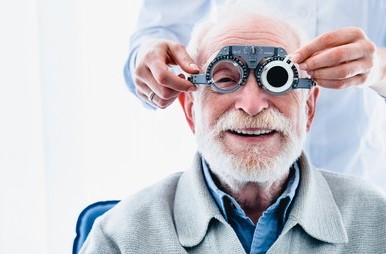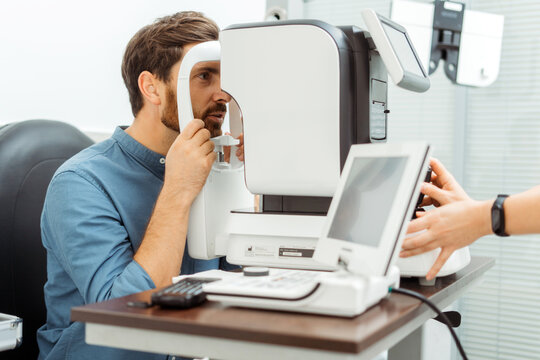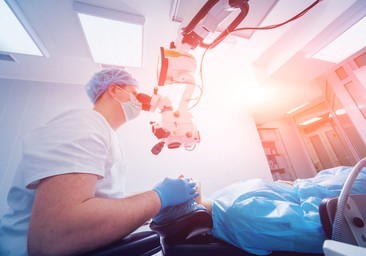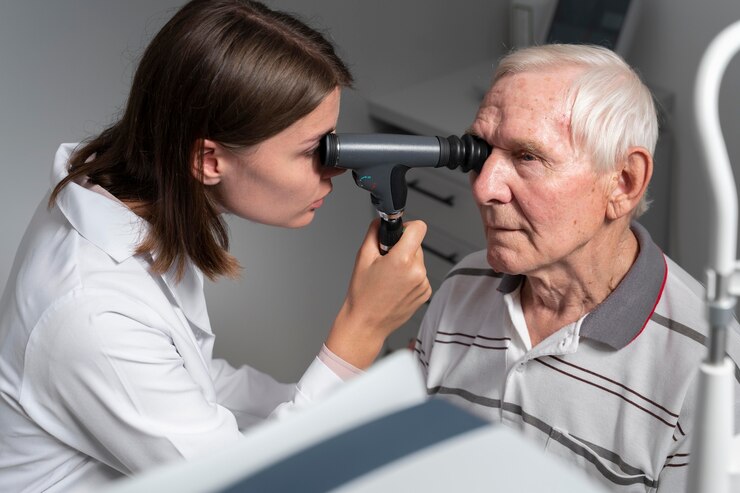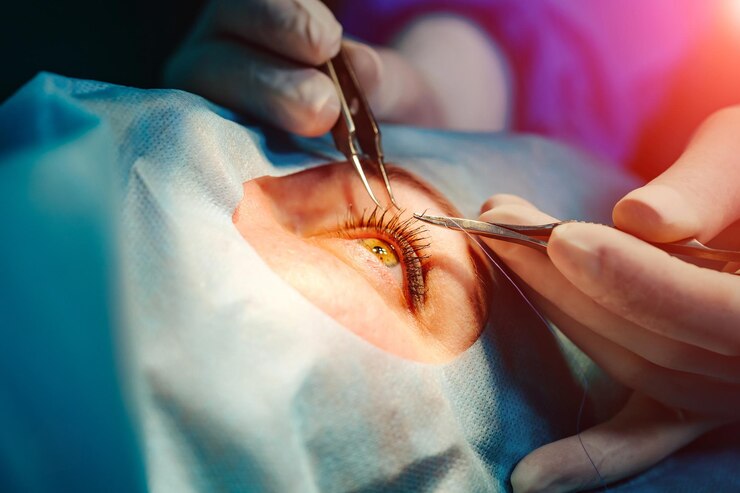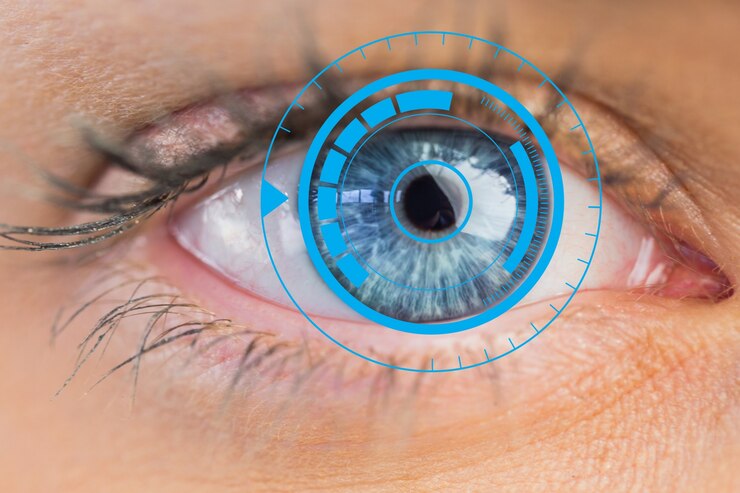Advances In Technology And Innovations In Cataract Surgery
Cataract surgery has undergone significant advancements in recent years, transforming from a traditional procedure to a highly sophisticated and precise operation. These technological innovations have revolutionized the field, leading to improved surgical outcomes, enhanced patient safety, and greater overall satisfaction. This article explores the latest advances in technology and innovations in cataract surgery, highlighting their impact on patient care and the future of ophthalmic surgery.
Introduction to Cataract Surgery
Cataract surgery is one of the most commonly performed surgical procedures worldwide, aimed at removing the cloudy lens (cataract) and replacing it with an artificial intraocular lens (IOL). Traditionally, cataract surgery involved manual incisions and phacoemulsification, a technique using ultrasound energy to break up and remove the cataract. However, recent advancements in technology have revolutionized every aspect of the procedure, from preoperative diagnostics to postoperative care.
Technological Innovations in Preoperative Evaluation
- Biometry and Imaging: High-resolution imaging modalities, such as optical coherence tomography (OCT) and optical biometry, provide detailed measurements of the eye’s anatomy, facilitating precise calculations for IOL power selection. These advanced imaging techniques enhance the accuracy of preoperative assessments and improve refractive outcomes following cataract surgery.
- Corneal Tomography: Corneal tomography devices, such as Scheimpflug imaging and topography systems, allow surgeons to assess corneal shape, thickness, and curvature with unprecedented precision. These measurements are crucial for optimizing IOL calculations and ensuring optimal visual outcomes for patients undergoing cataract surgery.
Innovative Surgical Techniques and Procedures
- Femtosecond Laser-Assisted Cataract Surgery (FLACS): FLACS represents a significant advancement in cataract surgery, offering increased precision, reproducibility, and safety compared to traditional manual techniques. The femtosecond laser automates key steps of the procedure, including corneal incisions, capsulotomy, and lens fragmentation, resulting in reduced phacoemulsification energy and improved postoperative visual outcomes.
- Intraoperative Aberrometry: Intraoperative aberrometry devices enable real-time assessment of ocular refraction and astigmatism during cataract surgery, allowing surgeons to make precise adjustments to IOL power and placement intraoperatively. This technology enhances the accuracy of refractive outcomes and reduces the need for postoperative enhancements such as glasses or contact lenses.
Advancements in Intraocular Lenses (IOLs)
Premium IOLs: The development of premium IOLs, including multifocal, accommodating, and toric lenses, has revolutionized cataract surgery by offering patients the opportunity for reduced dependence on glasses or contact lenses postoperatively. These advanced IOLs provide improved near, intermediate, and distance vision, enhancing overall visual quality and patient satisfaction.
Extended Depth of Focus (EDOF) IOLs: EDOF IOLs represent a recent innovation in cataract surgery, designed to provide a continuous range of vision from near to far without the visual disturbances associated with multifocal lenses. These lenses offer enhanced depth of focus and improved contrast sensitivity, particularly in low-light conditions, leading to improved functional vision outcomes for patients.
Future Directions and Emerging Technologies
Nanotechnology: Nanotechnology holds promise for enhancing drug delivery systems and improving the biocompatibility of IOL materials, potentially reducing the risk of postoperative complications such as inflammation and capsular opacification.
Artificial Intelligence (AI): AI-powered algorithms are being developed to analyze preoperative imaging data, predict surgical outcomes, and personalize treatment plans for individual patients. These AI-driven solutions have the potential to optimize surgical decision-making and improve patient outcomes in cataract surgery.
Conclusion
In conclusion, advances in technology and innovations in cataract surgery have transformed the field, leading to improved surgical outcomes, enhanced patient satisfaction, and greater overall safety. From preoperative diagnostics to intraoperative precision and postoperative care, technological advancements have revolutionized every aspect of the procedure, paving the way for a brighter future in ophthalmic surgery. By embracing these cutting-edge technologies and continuing to push the boundaries of innovation, cataract surgeons are poised to further enhance the quality of care and improve visual outcomes for patients worldwide.
For any further queries, Plz visit drvivekgarg.in

